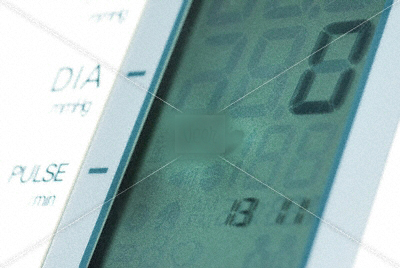Summary
As in other chronic disease areas, it appears that nurses are the providers most likely to be selected as overseers of home telehealth interventions. Video- and web-conferencing systems may reduce appointment times, but it is not clear whether content is actually delivered more efficiently or whether time savings arise from reduced travel and wait times.
No information on provider uptake or satisfaction was available.
Details
While outcomes are reported in both Gallar et al. (2007) and Michael et al. (2009), the quality of the evidence is not sufficient to support conclusions at this time. Readers are advised to exercise caution when interpreting the findings described below.
Uptake and Use of Technology
No uptake or use of technology outcomes were reported.
Effects on Practice and Patient Care
Summary: Effects on practice and patient care were reported in 2 studies. As neither study used a control group, their findings do not lend themselves to any clear conclusions.
Study Details: Michael et al. (2009) reported that home blood pressure measurements prompted medication adjustments in 6 patients, or 22%. However, given the lack of control data, it is not clear whether this represents a marked departure from the rate expected with usual care.
In the Gallar et al. (2007) study, treatment modifications were made in 89% of teleconsultations. A small number of patients (2%) required additional hospital visits.
Cost and Time Savings
Summary: Cost and time savings outcomes were reported in 1 study. Findings suggest that home telehealth has the potential to shorten appointments and reduce the time needed for dialysis training.
Study Details: Gallar et al. (2007) reported that teleconsultations took an average of 22 minutes (SD=9), whereas hospital consultations took an average of 33 min. (SD =8). Training patients in dialysis was also expedited when using teleconsultation (a mean of 24 minutes in the intervention group vs. 60 minutes in the control group; p<.01).
